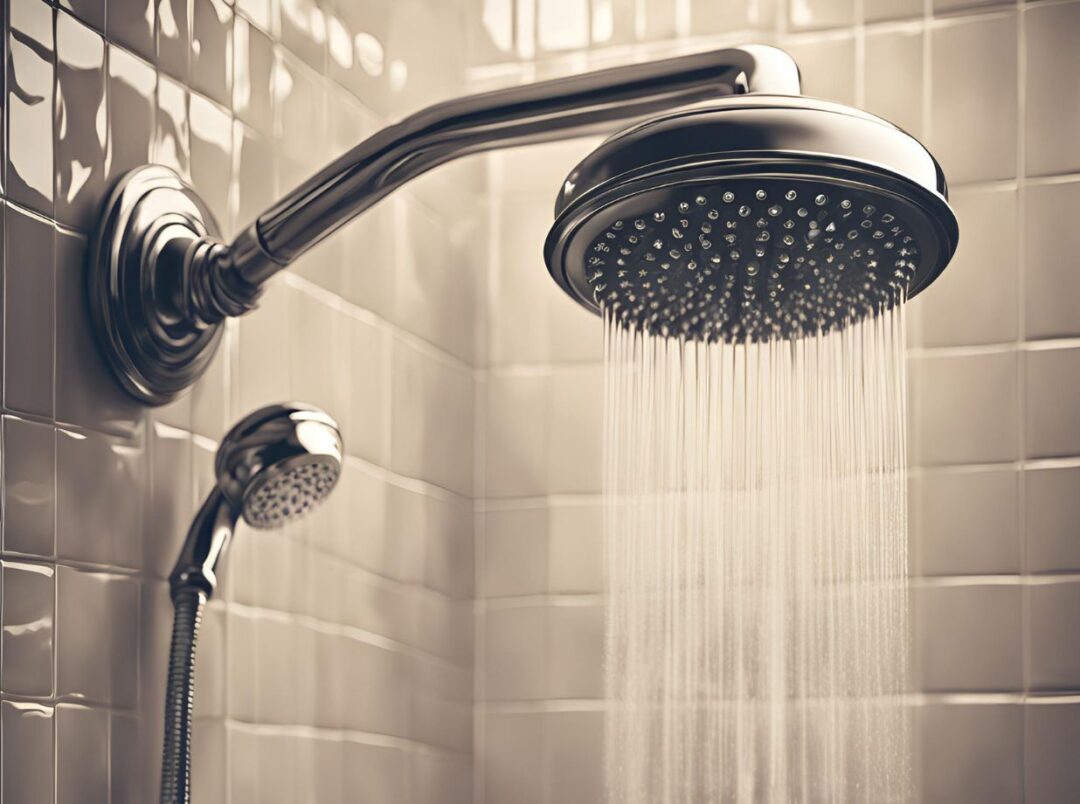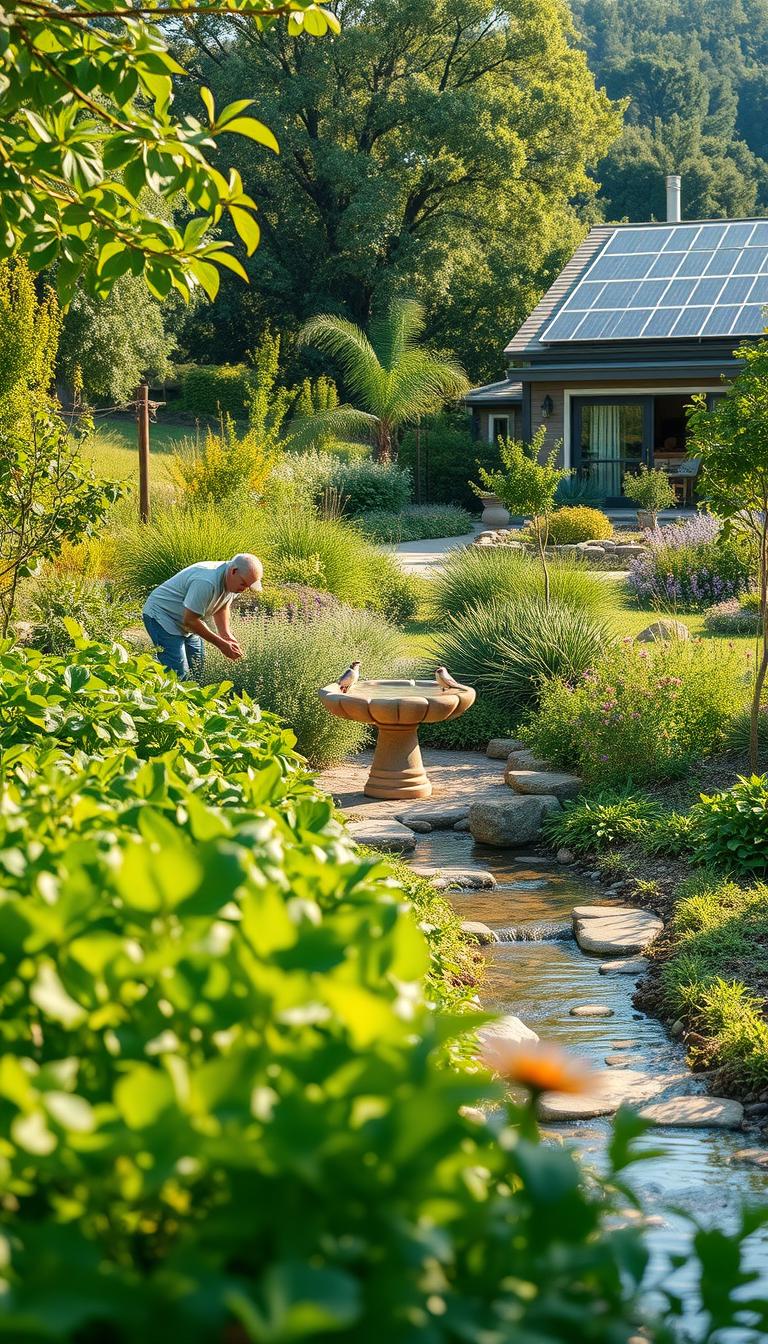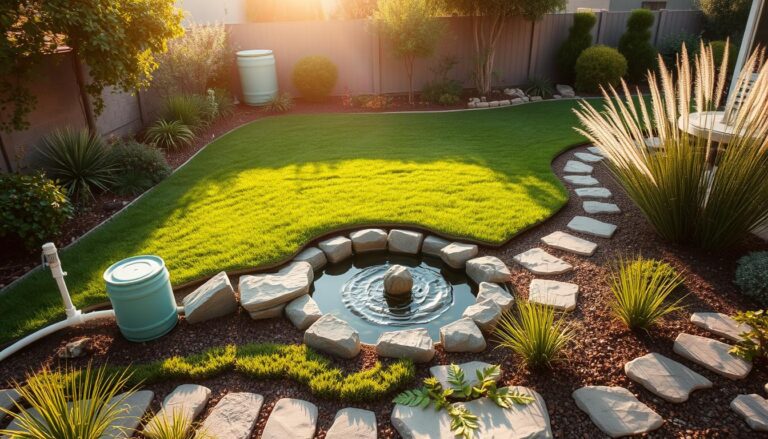Every Drop Counts: Smart Water-Saving Hacks
Water conservation begins with small, everyday actions that can make a significant impact over time. One of the simplest yet most effective ways to reduce water consumption is to turn off the tap when it’s not in use. This applies to various activities throughout the day, such as brushing teeth, shaving, or washing dishes.
By being mindful of running water and only using it when necessary, individuals can save gallons of water each day. Many people underestimate the amount of water wasted when taps are left running unnecessarily. For instance, leaving the faucet on while brushing teeth can waste up to 4 gallons of water per minute.
By developing the habit of turning off the tap when not actively using water, households can significantly reduce their water consumption and contribute to overall conservation efforts.
Key Takeaways
- Turn off the tap when not in use
- Use a water-efficient showerhead
- Fix any leaks in your home
- Opt for a water-saving washing machine
- Collect rainwater for outdoor use
Use a water-efficient showerhead

Upgrading to a water-efficient showerhead is an excellent way to reduce water usage without sacrificing comfort. These innovative devices are designed to maintain water pressure while using less water, typically reducing flow rates from the standard 2.5 gallons per minute to 2.0 gallons per minute or less. This simple change can result in substantial water savings over time, especially for households with multiple members.
In addition to conserving water, water-efficient showerheads can also lead to energy savings. By using less hot water, these showerheads reduce the energy required to heat water, resulting in lower utility bills. Many modern water-efficient showerheads also come with adjustable settings, allowing users to customize their shower experience while still maintaining water-saving benefits.
Fix any leaks in your home
Addressing leaks promptly is crucial for effective water conservation. Even small leaks can waste significant amounts of water over time, leading to unnecessary consumption and increased water bills. Common sources of leaks include faucets, toilets, and pipes.
Regularly inspecting these areas and fixing any issues as soon as they arise can prevent water waste and potential damage to your home. It’s important to note that some leaks may not be immediately visible. Homeowners should be vigilant for signs of hidden leaks, such as unexplained increases in water bills, damp spots on walls or ceilings, or the sound of running water when no taps are in use.
By addressing leaks promptly and maintaining plumbing systems, households can significantly reduce their water consumption and contribute to overall conservation efforts. For more information on how to cut your water use in half, visit Consumer Reports.
Opt for a water-saving washing machine
| Brand | Model | Water Consumption (gallons per cycle) | Energy Star Rating |
|---|---|---|---|
| Whirlpool | WFW5620HW | 13 | Yes |
| Samsung | WF45R6300AW | 12 | Yes |
| LG | WM3900HWA | 11 | Yes |
Investing in a water-saving washing machine is an effective way to reduce water consumption in the long term. These appliances are designed to use significantly less water per load compared to traditional models, while still providing excellent cleaning performance. Many water-saving washing machines also offer features such as load sensing technology, which adjusts water usage based on the size of each load, further optimizing water consumption.
In addition to conserving water, these efficient machines often use less energy, resulting in lower utility bills and a reduced environmental impact. When shopping for a new washing machine, look for models with high water efficiency ratings and consider front-loading machines, which typically use less water than top-loading models. By making this switch, households can significantly reduce their water usage without compromising on cleanliness.
Collect rainwater for outdoor use
Harvesting rainwater is an excellent way to reduce reliance on municipal water supplies for outdoor activities. By installing a rainwater collection system, such as rain barrels or cisterns, homeowners can capture and store rainwater for various purposes, including watering gardens, washing cars, or cleaning outdoor areas. This practice not only conserves treated water but also helps to reduce stormwater runoff, which can contribute to water pollution and erosion.
Implementing a rainwater collection system can be as simple as placing a barrel under a downspout or as complex as installing an underground cistern with a pump system. Regardless of the scale, collecting rainwater for outdoor use is an effective way to reduce overall water consumption and promote sustainable water management practices.
Choose drought-resistant plants for your garden
Selecting drought-resistant plants for landscaping is an excellent strategy for reducing water consumption in outdoor spaces. These plants, also known as xeriscaping, are adapted to thrive in low-water conditions and require minimal irrigation once established. By incorporating native and drought-tolerant species into gardens and landscapes, homeowners can create beautiful outdoor spaces that require less water and maintenance.
In addition to conserving water, drought-resistant plants often attract local wildlife and pollinators, contributing to biodiversity in the area. When planning a water-efficient garden, consider factors such as soil type, sun exposure, and local climate to select plants that will thrive with minimal water input. By embracing drought-resistant landscaping, homeowners can enjoy beautiful outdoor spaces while significantly reducing their water consumption.
Use a dishwasher instead of hand-washing dishes

Contrary to popular belief, using a dishwasher can be more water-efficient than hand-washing dishes, especially when dealing with full loads. Modern dishwashers are designed to use water efficiently, typically consuming less water per load than would be used to wash the same number of dishes by hand. Additionally, dishwashers often use hotter water than hand-washing, which can result in more effective cleaning and sanitization.
To maximize water savings when using a dishwasher, it’s important to run full loads and avoid pre-rinsing dishes, as most modern dishwashers are capable of handling food residue. When shopping for a new dishwasher, look for models with high water efficiency ratings and features such as soil sensors, which adjust water usage based on the level of soiling on the dishes. By making the switch to dishwasher use and following best practices, households can reduce their water consumption while still maintaining clean and sanitary dishes.




